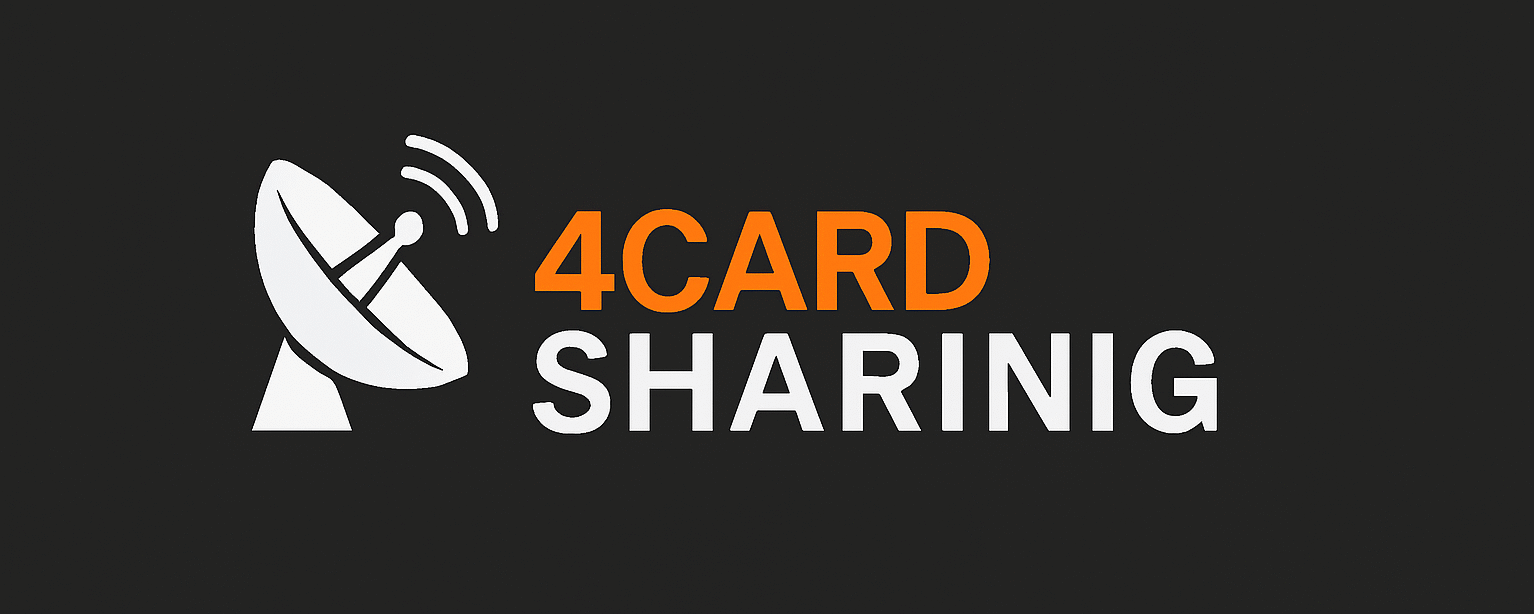Unlocking Free OSCAM Accounts for 2025: Your Ultimate Guide
Understanding OSCAM and Its Benefits
OSCAM, or Open Source Conditional Access Module, is a versatile and open-source solution that plays a pivotal role in managing access to various forms of digital content. It allows users to decode encrypted satellite television services and other media streams without the need for proprietary software or hardware. The primary function of OSCAM lies in its ability to act as a middleware that facilitates access to diverse digital content, making it an invaluable tool for users seeking to enjoy a wide range of media formats securely and efficiently.
The benefits of using OSCAM are numerous and noteworthy. Firstly, flexibility is one of its significant advantages. OSCAM supports a variety of encryption standards from different service providers, allowing users to access multiple streams without being tied to a single source. This flexibility extends to the capability to integrate with various hardware such as TV boxes and cards, giving users a personalized experience tailored to their specific needs.
Another compelling benefit of OSCAM is its security features. Being an open-source platform, it allows developers and users to access the code, enabling continual enhancement and vulnerability assessments. This transparency fosters a secure environment, as updates and patches can be deployed quickly to address any potential security risks. Moreover, OSCAM supports various protocols for secure communication, adding another layer of protection for users’ access to encrypted content.
Ease of use is also a highlight of the OSCAM platform. Its user-friendly interface ensures that individuals, regardless of technical skill level, can navigate and configure their settings with minimal effort. As technology evolves, staying up to date with the latest OSCAM developments will be crucial in the coming years. With frequent updates and community-generated enhancements, users can ensure they utilize the best performance and security features. Adopting OSCAM not only enhances access to satellite television but also promotes a more secure and customizable user experience in the realm of digital media.
Where to Find Free OSCAM Accounts
Identifying legitimate sources for OSCAM accounts can be a daunting task for many users navigating the vast online landscape. However, several platforms and communities specialize in sharing these resources, making them invaluable for those looking to unlock free OSCAM accounts in 2025. One of the most popular avenues includes dedicated forums where enthusiasts discuss OSCAM setups and configurations. Websites such as IPTV forums, satellite community boards, and technology forums frequently have threads where users post free accounts.
In addition to forums, various online communities on social media platforms like Facebook and Reddit serve as hotspots for OSCAM account sharing. Many groups are devoted to sharing tips, setups, and, importantly, accounts. Users should join these groups cautiously, paying close attention to the group rules and the behavior of long-standing members. It’s crucial to participate actively and engage with the community, as this involvement can offer more opportunities to discover reliable accounts shared by trusted users.
However, while these platforms provide access to free OSCAM accounts, users must remain vigilant against scams and illegitimate offers. Researching and verifying the credibility of any shared account is paramount. Before utilizing any free OSCAM account, check for user reviews, recommendations, and the account’s activity history. It is advisable to be skeptical of accounts that seem too good to be true or originate from unverified sources. Using a trusted VPN can also add an extra layer of security while accessing shared accounts, protecting against potential threats.
In summary, finding free OSCAM accounts requires diligence and a strategic approach. By utilizing reputable forums and engaging with online communities, users can enhance their chances of finding legitimate free accounts while remaining safe from scams and fraud.
Setting Up and Configuring OSCAM for Optimal Use
Once you have acquired your free OSCAM account, the next pivotal step is to set it up and configure it for optimal performance. First and foremost, you need to download the OSCAM software from an official source. Ensure that you select the version compatible with your operating system, whether it be Windows, Linux, or macOS. Installation should follow the standard protocol for software installation, including accepting the terms of service and designating the desired installation path.
After installation, the next phase involves configuring the OSCAM files. Start by locating the OSCAM configuration files in the installation directory. Generally, you will find the ‘oscam.server’, ‘oscam.user’, and ‘oscam.conf’ files. The ‘oscam.server’ file is critical for connecting your OSCAM to the appropriate server. You will need to input details such as hostname, port, and user credentials provided with your free account. It is imperative to ensure that these parameters are accurate to avoid connection issues.
Moving on to the ‘oscam.user’ file, here, you can define user access levels and privileges, which allow for a flexible management of multiple users if necessary. Pay attention to the settings such as ‘allow’, ‘read’, and ‘write’ permissions, as they significantly impact user experience and security. The ‘oscam.conf’ file will allow you to configure the core settings, such as the protocols used, logging levels, and the special features necessary for your specific needs.
While configuring, common issues might arise, such as connection problems or missing channels. These can generally be rectified by revisiting your settings for any discrepancies. For advanced users, experimenting with parameters like ‘ignore tc’ or ‘max connections’ can further enhance performance. Finally, always ensure that OSCAM is regularly updated to leverage the latest features and enhancements while maintaining security, thereby ensuring a seamless viewing experience.
Legal Considerations and Ethical Use of OSCAM
The use of OSCAM (Open Source Conditional Access Module) has become increasingly popular among individuals seeking access to digital content. However, it is imperative to approach OSCAM with a clear understanding of the legal and ethical implications associated with its use. Firstly, users must recognize that accessing copyrighted content without proper authorization can lead to serious legal consequences. This includes not only potential fines but also the risk of being sued by copyright holders.
Furthermore, many countries have established specific laws governing the use of conditional access systems, which may include provisions specifically addressing the use of software like OSCAM. For instance, in some jurisdictions, it is illegal to decrypt or access secured channels unless one possesses the appropriate subscription or permission. Consequently, navigating these laws requires users to be vigilant and informed about both local and international regulations regarding media consumption.
Ethically, it is essential for users to respect the rights of content creators and distributors. The availability of free OSCAM accounts does not provide a blanket justification for circumventing payment systems associated with premium content. Instead, users are encouraged to consider fair use principles and the implications of their access choices on the wider industry. Ethical consumption of media ensures that content creators are compensated for their work, thereby promoting the continued production of high-quality content.
To maintain compliance with local laws while using OSCAM technology, users should familiarize themselves with the specific regulations applicable to their region. This could involve consulting legal resources or professional advice to ensure that their actions align with the law. By taking a responsible approach to OSCAM, individuals can enjoy the advantages of this technology while upholding ethical standards and respecting copyright law.






